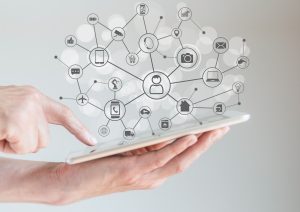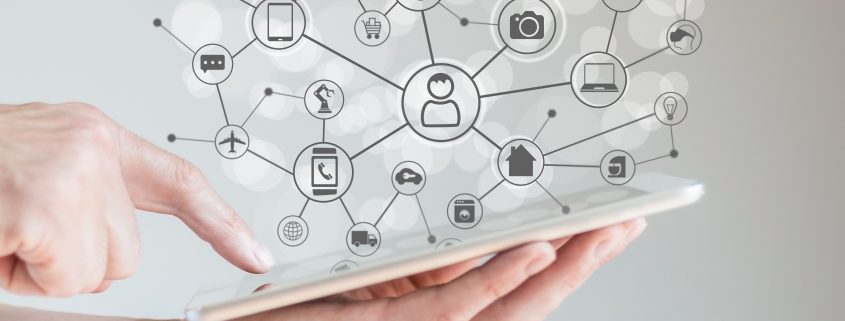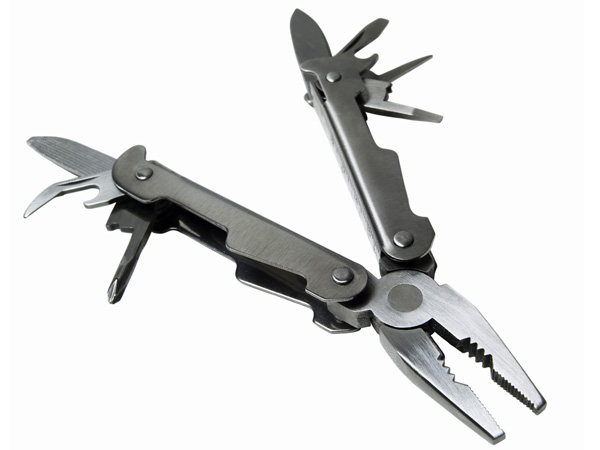Por qué Internet de las Cosas es la próxima frontera del customer experience
Por Gerardo Andreucci
La fantasía de cualquier profesional de los servicios al cliente es ofrecer una respuesta incluso antes de que el cliente sepa que tiene un problema. Esta posibilidad de reaccionar con anticipación es lo que convierte el fenómeno de Internet de las cosas (IoT, por sus siglas en inglés) en uno de los temas más apasionantes para la industria de los contact centers y la experiencia de clientes.
Estamos un paso más allá de la omnicanalidad, cuya premisa básica es que el cliente pueda acceder a la compañía fácilmente, desde el canal de su preferencia, en cualquier momento y obtener una respuesta consistente. La paradoja de esta premisa es, sin embargo, que en la mayoría de sus escenarios de contacto, el cliente ya está descontento o tie ne un problema, y la empresa se encuentra en la posición de revertir un escenario en general adverso.
ne un problema, y la empresa se encuentra en la posición de revertir un escenario en general adverso.
¿Qué pasa si damos vuelta el enfoque? ¿Cuál sería el papel del Centro de Atención al Cliente si su misión fuera asegurar que el cliente nunca llegue al descontento? Pasar de la reacción a la prevención. Que la estrategia de contacto sea evitar el reclamo para estimular el contacto propositivo.
Gartner predice que para 2020 vamos encontrar un escenario con hasta 500 objetos inteligentes en cada hogar colaborando a través Internet de las Cosas. Creo que las organizaciones deben considerar cómo este fenómeno afectará sus estrategias de compromiso con el cliente. Y ya deben comenzar a imaginar las herramientas que pueden implementar para anticiparse a sus necesidades.
En general las nuevas tecnologías vinculadas a IoT producen discusiones sobre su impacto disruptivo en los modelos de negocios, pero no se escucha con tanta frecuencia una reflexión sobre los cambios que tendrá en las experiencias de los clientes. Desde mi perspectiva, estos cambios serán tanto o más profundos que los impactos sobre los modelos de negocio.
Además, creo que el cambio de enfoque, desde una concepción meramente tecnológica, a una que involucra la experiencia, se producirá más rápidamente en este espacio que en otros. Desde los proveedores de tecnología, el valor agregado evolucionará rápidamente de vender productos de monitoreo remoto, a vender soluciones para la creación y la gestión de nuevas experiencias entre las compañías y sus clientes.
El problema a resolver es cómo las marcas pueden usar la infraestructura ya existente de sensores conectados para construir mejores relaciones con los clientes. Imagino varias posibilidades. Desde estrategias para recompensar a los consumidores por su tiempo, dinero, esfuerzo y compromiso, todos ellos derivados de los datos generados en línea para mejorar la interacción; hasta programas cuyo objetivo es capacitar a los clientes para que consuman con mayor inteligencia mediante el uso de medios informativos diseñados para ayudarlos en la toma de decisiones de productos y servicios, precisamente cuando lo necesitan.
Las empresas muy distribuidas y con activos de bienes raíces podrían utilizar dispositivos inteligentes vinculados a cámaras de video y audio para permitirles a sus proveedores tomar medidas preventivas de inmediato. Esto les permitiría proporcionar a sus clientes un alto porcentaje de resoluciones en tiempo real, incluso antes de que esos clientes hayan tomado conciencia del problema.
En Japón varias empresas que tienen retos significativos en su cadena de suministro, tanto B2C como B2B, están diseñando góndolas inteligentes para la entrega de sus productos, que envíe información a través de Internet para rastrear las entregas, el inventario de quiénes accedieron. Así ahorran costos significativos al no tener que mantener múltiples artículos de inventario que nunca se utilizan.
En varios mercados, las empresas de telecomunicaciones están haciendo más inteligentes sus routers WiFi hogareños, para que los técnicos del centro de servicios puedan realizar diagnósticos proactivos, con alertas que se disparan cuando ocurre algún problema (con la señal de Internet, por ejemplo), y activan soluciones desde el departamento de soporte antes que el cliente se entere.
También se están creando aplicaciones móviles para que el flujo de llamadas inbound al Centro de Soporte sean más fáciles. ¿Qué pasaría si además estas aplicaciones móviles diagnostican los 10 motivos principales de llamadas de soporte?
Los desafíos son varios, en muchos casos implican cambiar los flujos de trabajo del contact center. Pero también es cierto que Internet de las Cosas abre la oportunidad para generar un verdadero cambio de juego. Las primeras compañías en tomar la iniciativa tendrán grandes ventajas, reducciones de costos, y lo que es más importante, reducción en las tasas de rotación de clientes.








